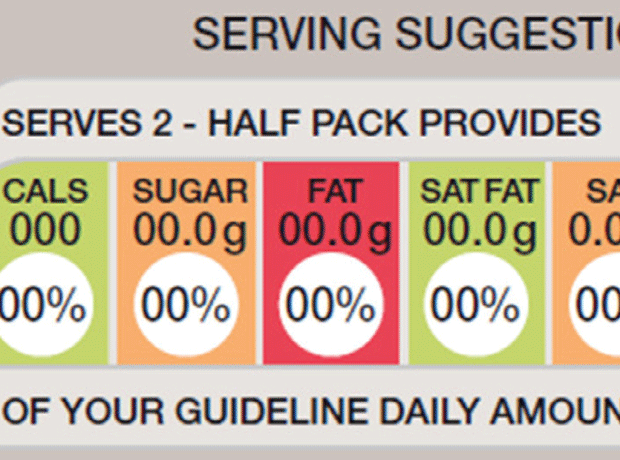Wednesday was a momentous day for consumers. The four UK governments launched a traffic light nutrition labelling scheme which will appear on the front of pack of food products. In the coming months, wherever they shop, people will be able to clearly see the levels of fat, saturated fat, sugar and salt in many foods.
All the supermarkets have already committed to the labelling scheme, which combines colour coding with percentage reference intakes (RIs), previously described as guideline daily amounts (GDA). Several major food manufacturers - Mars UK, Nestlé UK, PepsiCo UK and Premier Foods - also announced this week that they will be using the scheme.
It is hard to express how far these companies have moved. Which? research has long shown that traffic lights work best for consumers. We first called for the scheme back in 2004, and have been campaigning ever since. Some supermarkets and manufacturers, such as McCain, were early adopters of traffic lights but other schemes appeared on front of pack too, presenting a confusing picture for consumers.
” While labelling alone will not solve our obesity crisis, it is a vital step”
A lot of food industry resources went into fending off traffic lights in debates around the EU Food Information to Consumers Regulations and labelling - making it all the more incredible that these companies are now committed to the scheme.
This week’s announcement means common criteria will underpin the scheme and the presentation will be consistent, while allowing for some flexibility. The EU regulations meant that there had to be some compromises - most notably a relaxing of the sugar threshold from the previous traffic light criteria developed by the FSA.
Overall there will be enormous benefits. While labelling alone will not solve our obesity crisis and reduce diet-related disease, it is a vital step. Our research has shown that one of the top three ways consumers want the government to encourage the industry to lower fat, sugar and salt content is by having consistent labelling on front of packs.
We also found that it can be difficult for consumers to work out which products on the supermarket shelf are healthier choices. The new labels will make this much easier and create an incentive for retailers and manufacturers to offer healthier products.
The companies that have committed to this scheme deserve a huge amount of praise. As it starts to roll out around the country, it will become increasingly obvious to shoppers which have not yet agreed to use the labels. Let’s hope that these late adopters will realise that there has been a fundamental shift across the industry - and finally do the right thing for consumers.
Sue Davies is chief policy adviser at Which?



















No comments yet